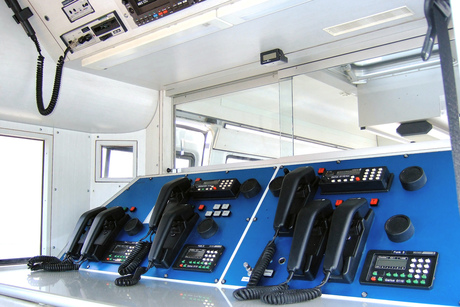Securing public safety broadband networks

The US National Institute of Standards and Technology (NIST) has published an analysis of how a public safety broadband network can be secured so that only approved first responders and public safety personnel can access it.
Many countries are implementing or considering the introduction of mobile broadband networks for public safety personnel, such as the First Responder Network Authority (FirstNet) in the USA.
These networks will provide first responders with access to 21st-century communication technology that improves safety and security.
But how do you make sure the network only helps the good guys?
Planned broadband networks such as FirstNet will offer emergency and law enforcement personnel many advantages, including audio, video and real-time information sharing via broadband cellular technologies to mobile devices.
In the past, for example, firefighters from different jurisdictions teaming up to fight a major fire have had communications problems because their systems use different radio frequencies or encryption technologies.
A nationwide wireless broadband network would provide a mechanism not only to integrate those systems, but also to provide layers of advanced support.
It could, for example, integrate a live video feed from a robot sent into a fire to search for people or let chiefs located at different points around a fire see a live feed on their mobile devices. This promises to improve situational awareness and enable incident commanders make more informed decisions.
But such a network also comes with challenges. Not just ensuring that only authorised people can use it, but also ensuring that sensitive information, such as a criminal record, is shared only with sanctioned people who have a ‘need to know’.
NIST’s analysis - Considerations for Identity Management in Public Safety Networks - draws on its expertise in identity management for mobile devices. It provides background information on identity management and a review of applicable US federal and industry guidance for using next-generation networks with a number of options for policymakers to consider.
Topics covered include selecting identity credentials and the authentication process, plus analysis of possible identity management technologies that could be used.
The analysis on securing first responder communications may be applicable to local public safety networks, private sector communities and public safety applications that leverage identity management services, including criminal justice information and records management systems.
RFUANZ report: setting the frequency for success in 2025
Last year brought a lot of internal change for RFUANZ, but the association has hit the ground...
ARCIA update: an extended event calendar for 2025
With the addition of Tasmanian events and a conference in Adelaide in September, 2025 will see...
ARCIA update: plans for 2025
ARCIA will be holding a mixture of workshop, conference and networking events in 2025, in the...





